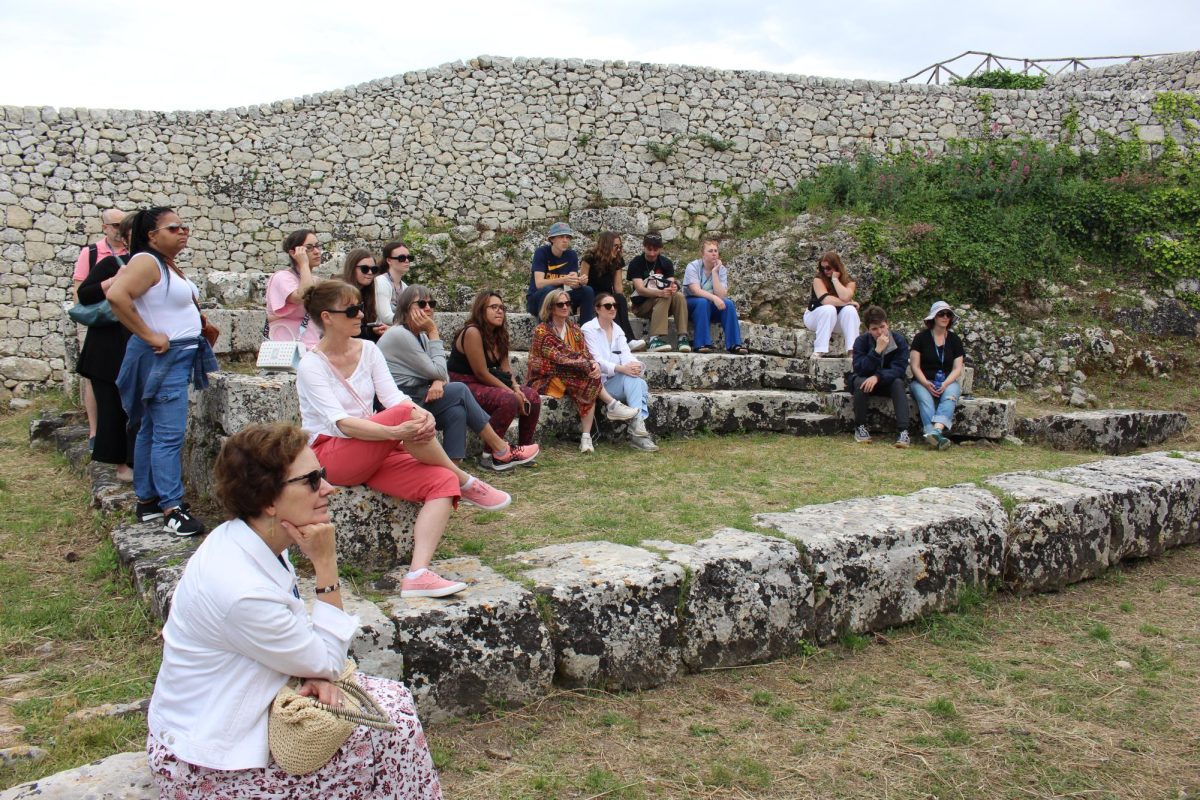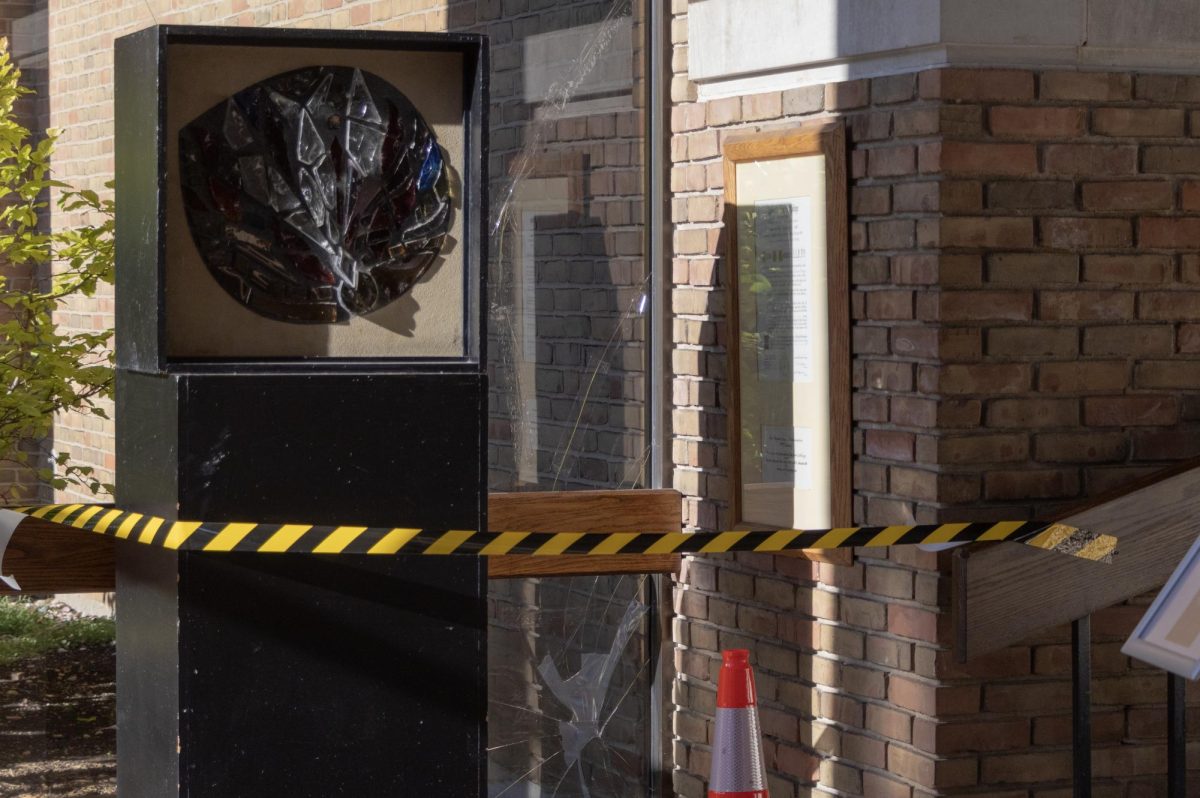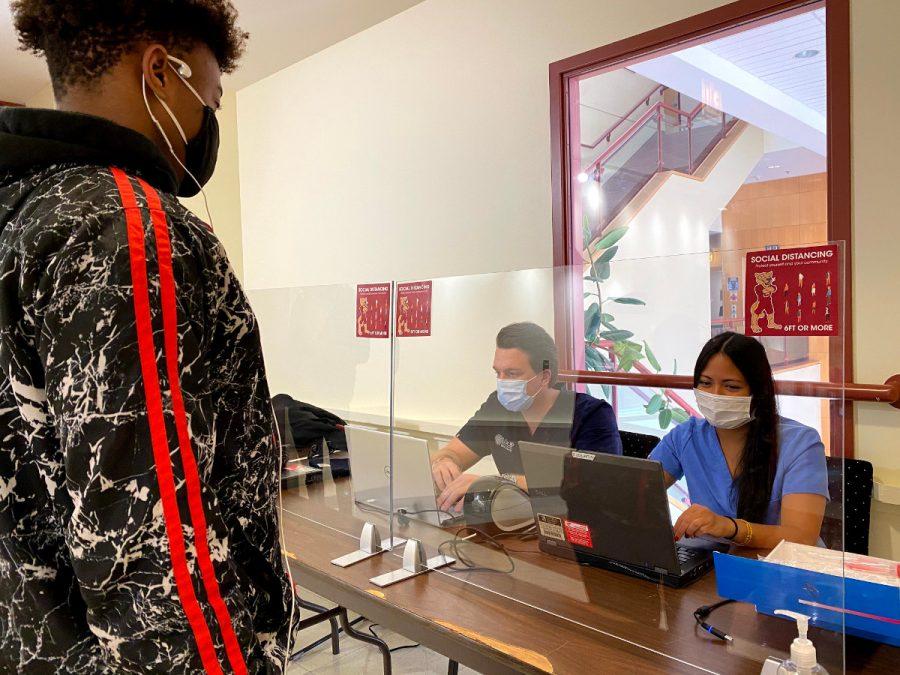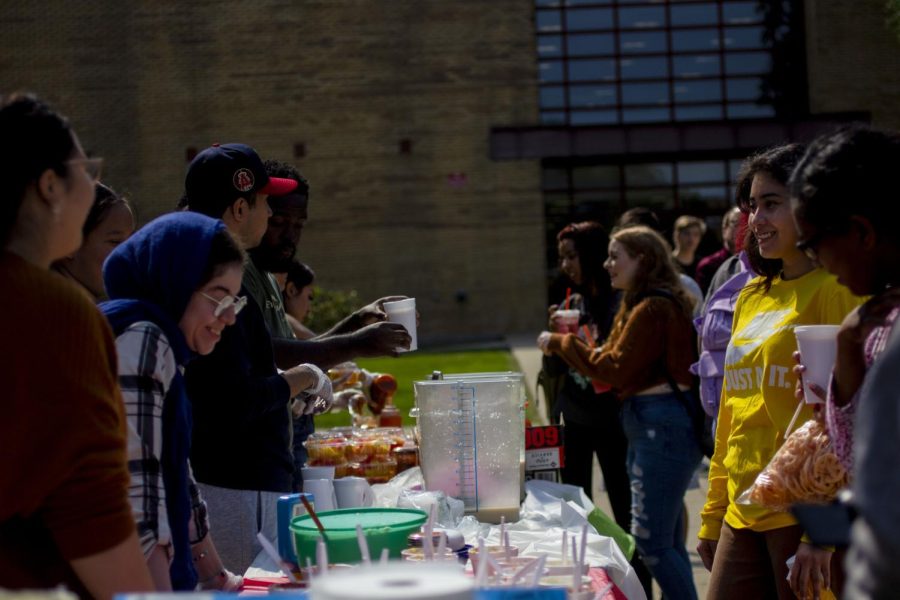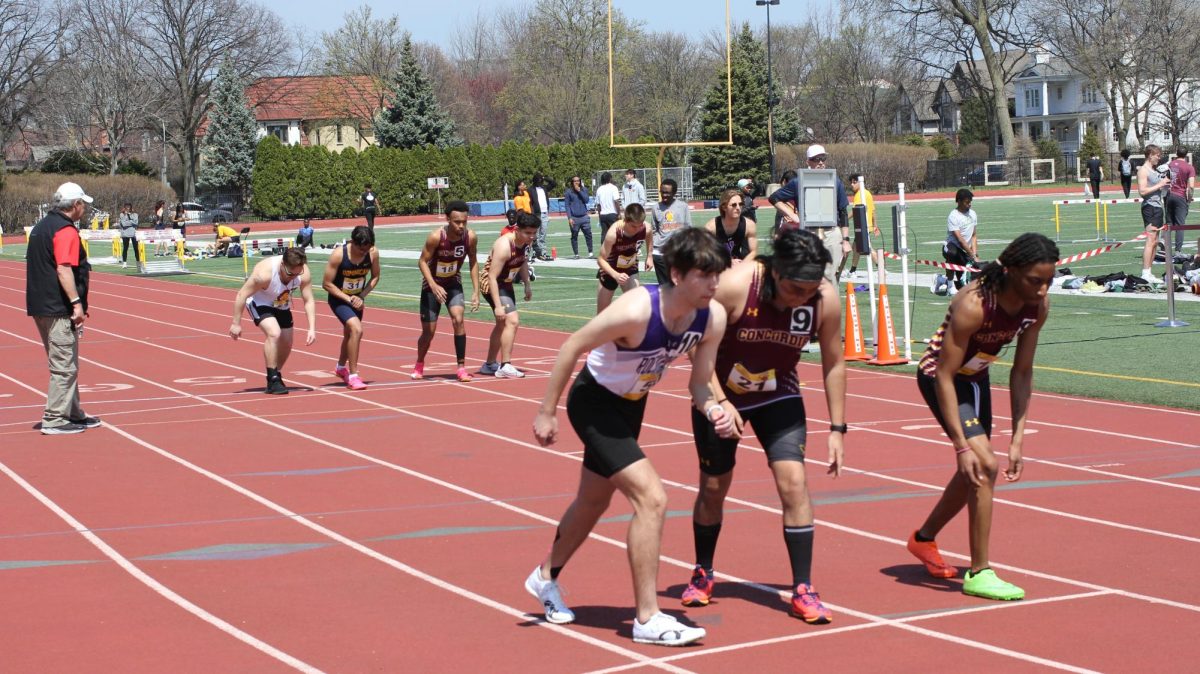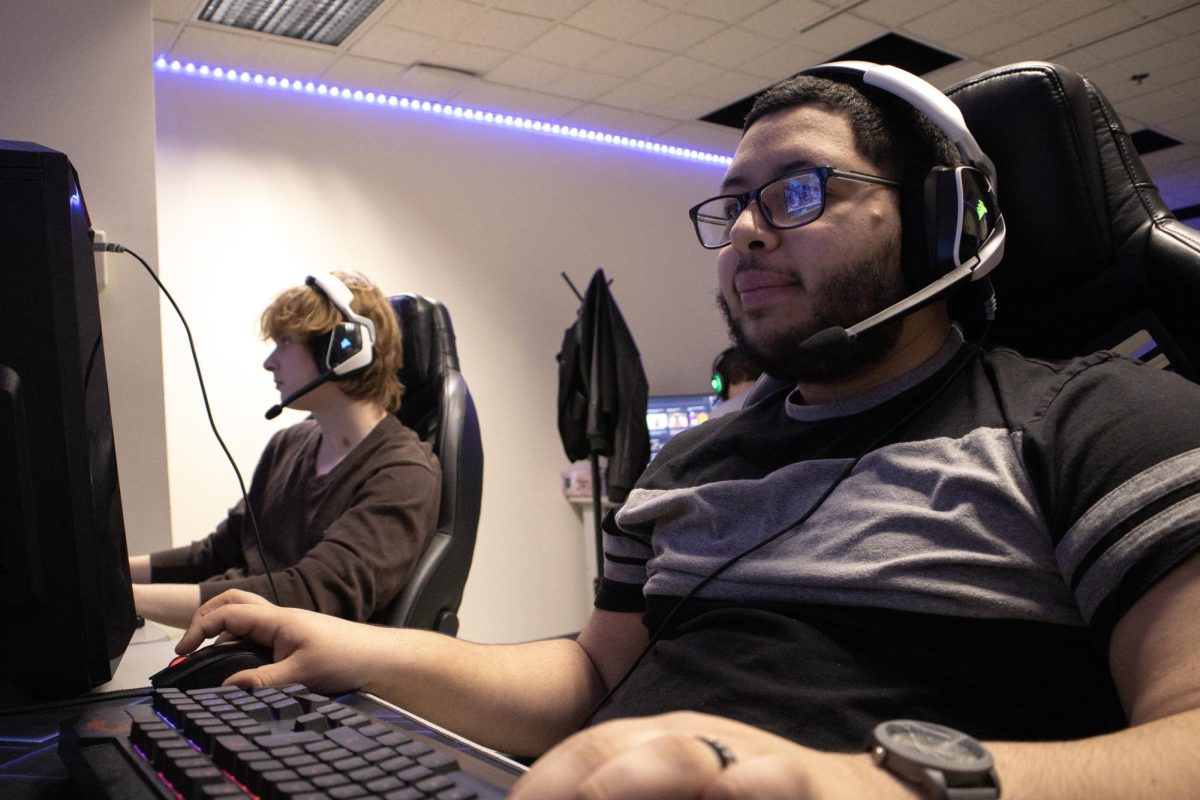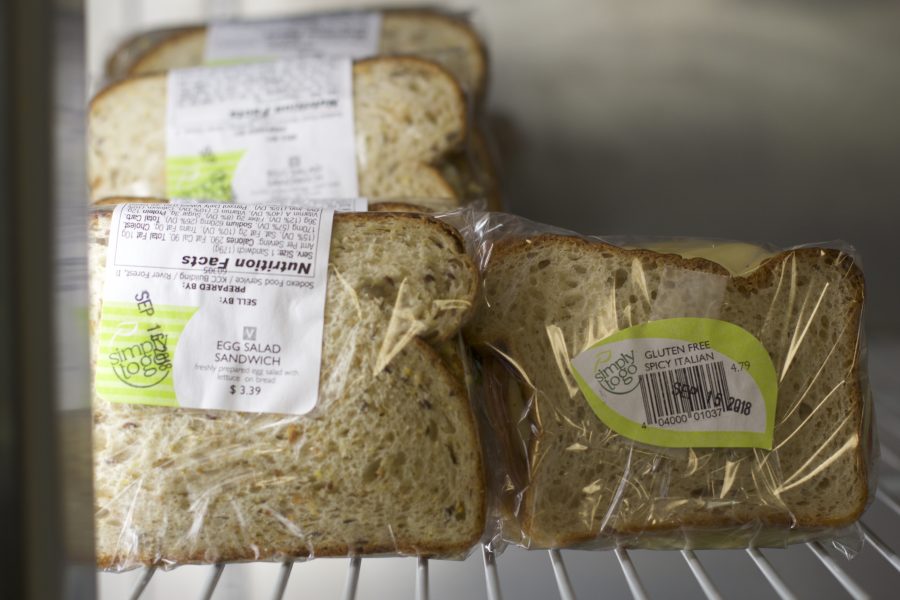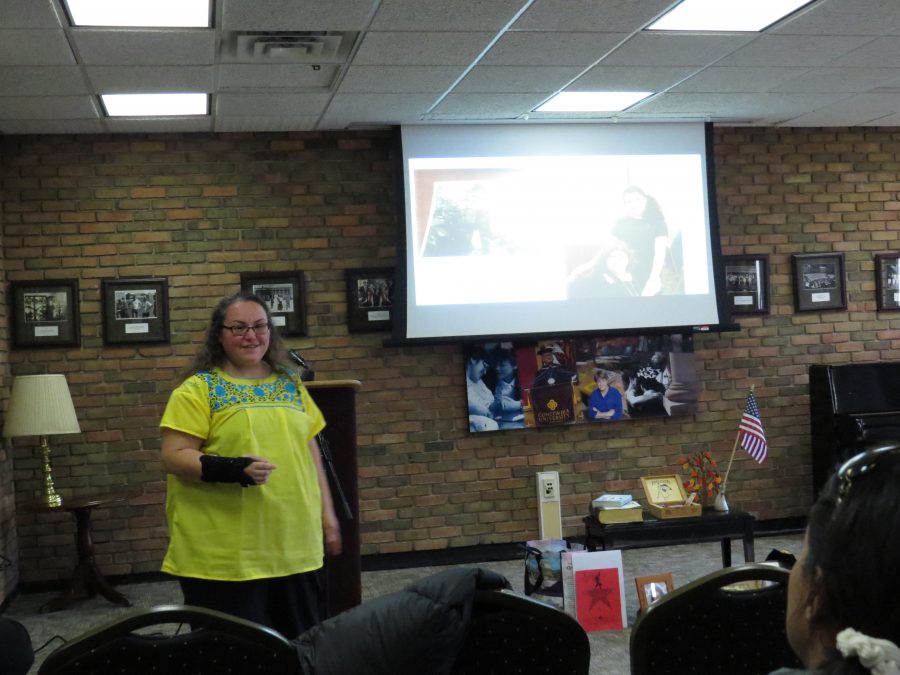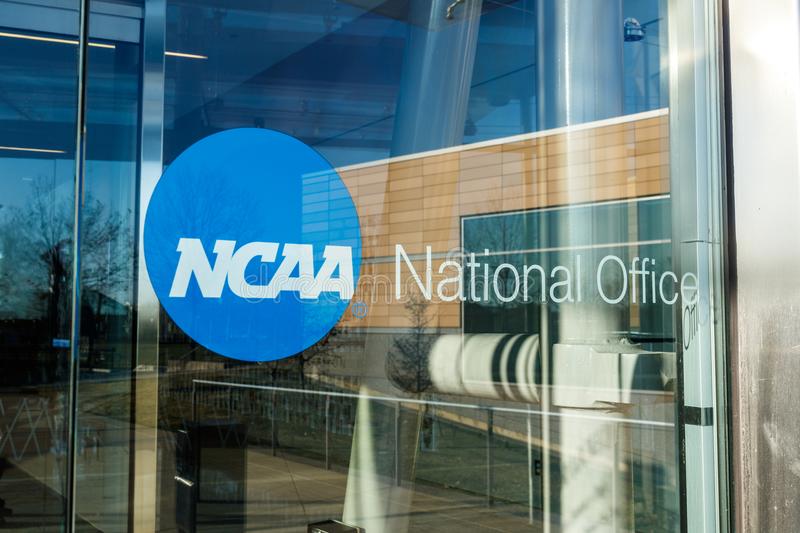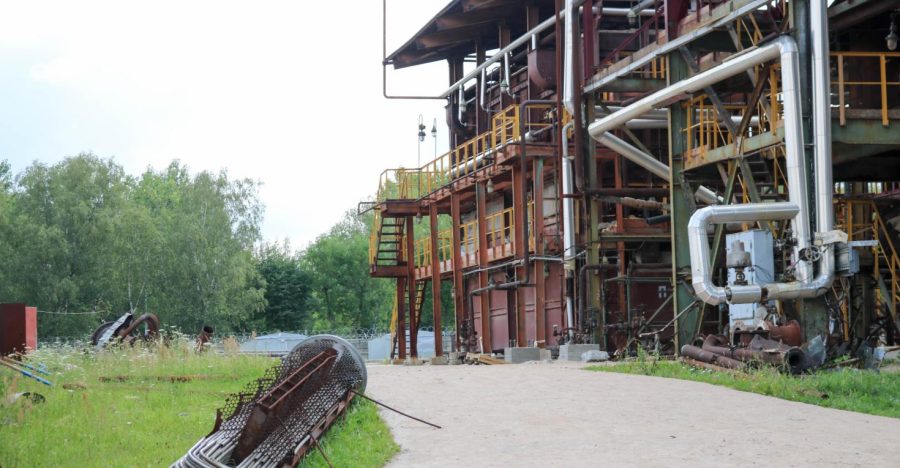The next Chicago Marathon is this coming Oct. 11, 2015. People from all over the country, and even outside of the country, come to race the Chicago Marathon. There are a few guidelines for the race. Participants must be 16 years of age or older on the day of the race. The race has a maximum finish time of six hours and 30 minutes (the Marathon course will reopen to the public after this time limit), and the entry fee for the event is $185 for United States residents and $210 for people residing outside of the United States. Some people run on behalf of a charity. The Bank of America, which sponsors the Chicago Marathon, has four partner charities it is working with: Advocate Health Care, Ronald McDonald House Charities, Chicago Parks Foundations and American Red Cross. Every dollar a participant raises and every step he/she takes can help these organizations and touch the lives of those in need. The marathon, which is 26.2 miles long, runs through 29 different neighborhoods in Chicago including Little Italy, Chinatown, Bridgeport and Lincoln Park.
So what does it take to train for a marathon? It takes a lot of hard work and stamina. 26.2 miles is one long trek. Marathon training typically lasts 18 weeks, running three to five days per week depending on the training program. One experienced runner, 41-year-old Nina Chiappetta, who has run six marathons thus far, says she trains for her marathons by running three times a week. Her three runs consisted of intervals, which work to improve running speed and economy, tempo runs, which are six to 10 miles where she runs at a “comfortably hard” pace, and then a long run, where the purpose is to improve endurance by running six to 20 miles at a pace approximately 30 seconds slower than your marathon goal pace. On two other days of the week, Chiappetta would do cross training consisting of exercises to maintain muscle, and the other two days are for rest. Marathon training is hard on the body and eventually your body starts to adapt to the training and starts using muscle as fuel instead of fat, which makes your muscle mass decrease. This makes you start to look less lean, especially women, which is why having a couple days for cross training is so important. Cross training can consist of any non-running activity such as cycling, swimming, rowing or spinning.
When it comes to eating while training for the marathon, you have to stay healthy in order for your body to fuel itself. Before a long run (including marathons), Chiappetta says she would eat a banana and a handful of raw cashews as a pre-run meal. A pre-run meal can also consist of something like a whole-wheat bagel or English muffin with peanut butter. The night before a race you want to fuel up by eating something like pasta with spinach and chicken or shrimp. People who “carbo load” before a race usually overdo it.
Overall, running a marathon takes a lot of training, but people say it is worth it after they finish the race. The key to training for a marathon is consistency. Once you find something that works for you, stick to it, and you can succeed. And if you’re interested in running a marathon, stop by the Chicago Marathon on Oct. 11 just to cheer people on; maybe it will spark some interest.


